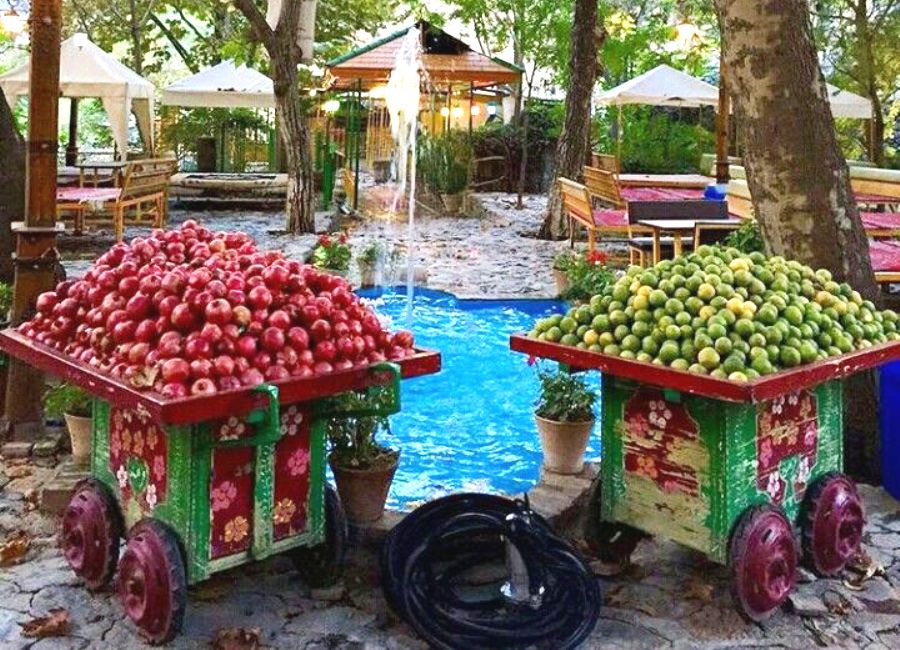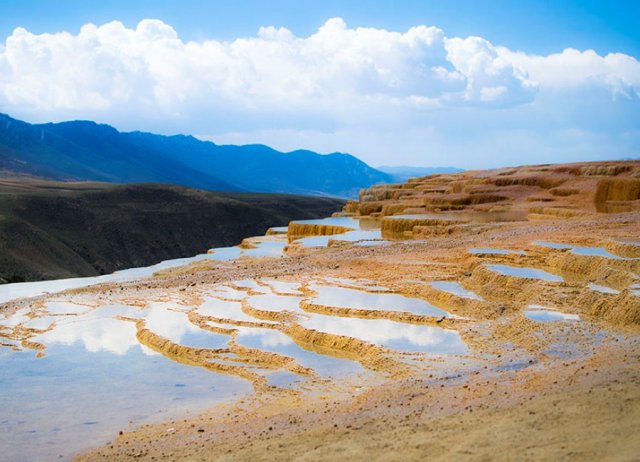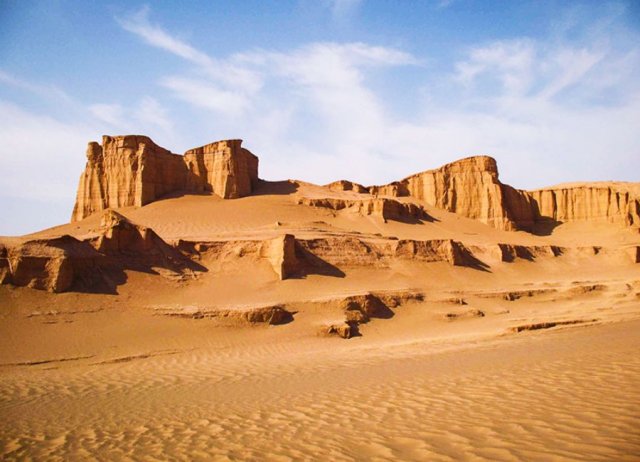This village, at 1700m elevation and just north of the no-torious Evin Prison, is one of Tehran’s most pleasant urban escapes
At 370,000 sq km the Caspian (Darya-ye Khazar) is five times the size of Lake Superior.That makes it by far the world’s largest lake.
This popular in town escape stretches ever more steeply up the mountainside at Tehran’s northern edge
Like the Dead Sea, huge Lake Orumiyeh is so super salty that you just can’t sink. A Unesco Biosphere Reserve since 1976.
Holy Shrine of Imam Khomeini in an enormous scale is one the grandest architectural endeavours of the Islamic.
Imam Reza’s Holy Shrine is enveloped in a vast series of sacred precincts collectively known as the Haram-e Razavi.
These photogenic series of stepped travertine (a type of limestone) terrace pools known as Badab-e Surt are a must-see.
With a claim to being the world’s hottest desert, theThe Kaluts is considered one of Iran’s most exciting adventure destinations.
In the cliffs neighbouring Persepolis are two ancient sites called Naqsh-e Rostam and Naqsh-e Rajab that feature rock-hewn tombs.










